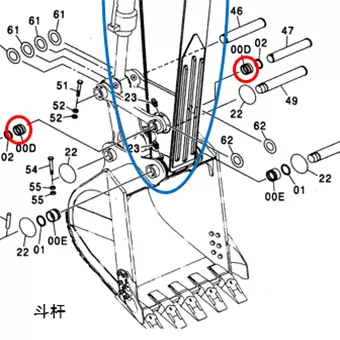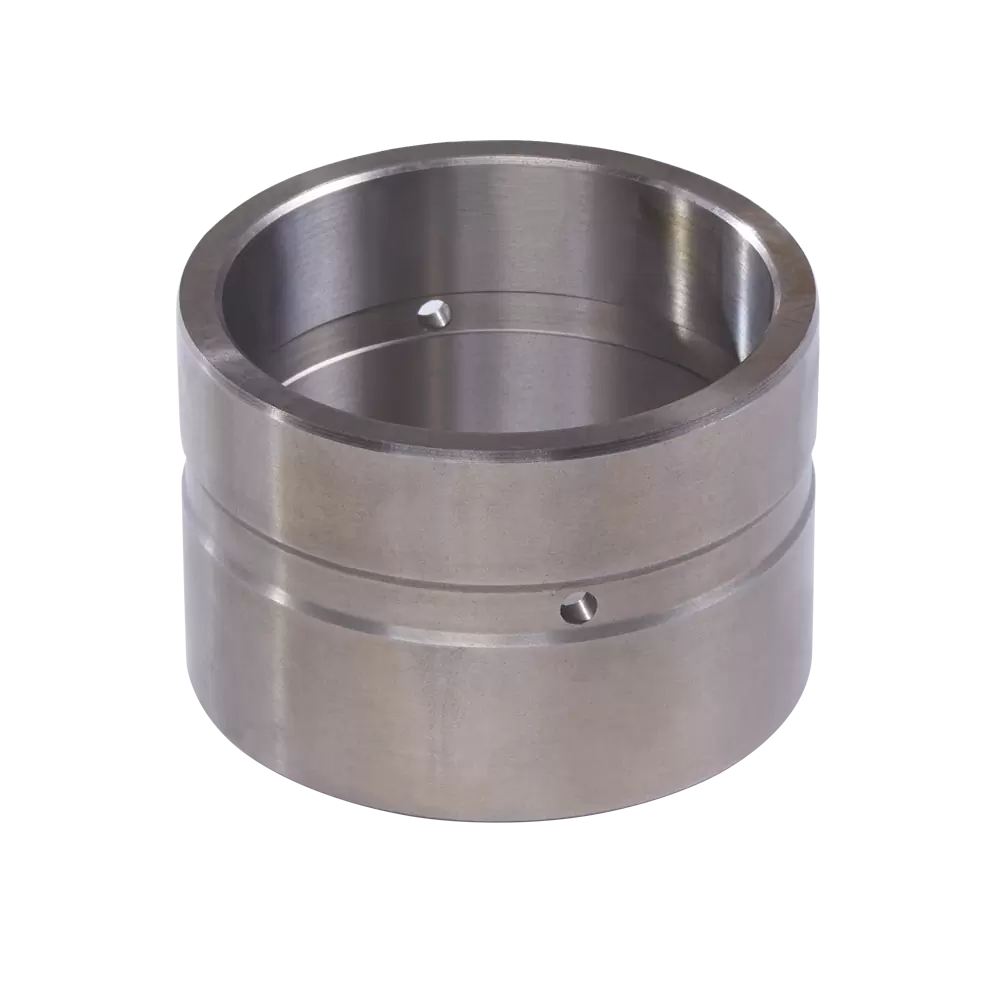A connecting rod bushing, also known as a connecting rod bearing or wrist pin bushing, is a crucial component in an internal combustion engine. It plays a vital role in connecting the piston and connecting rod, allowing the reciprocating motion of the piston to be transferred to the crankshaft.
The connecting rod bushing is typically made of a durable material, such as bronze or a bi-metal composition. It is installed within the small end of the connecting rod, which is attached to the piston through the piston pin or wrist pin. The other end of the connecting rod is connected to the crankshaft.
The primary functions of the connecting rod bushing are:
Reducing friction: The bushing provides a low-friction surface for the smooth movement of the wrist pin/piston pin. This helps minimize wear and heat generation during engine operation.
Supporting the wrist pin: The connecting rod bushing provides a bearing surface for the wrist pin, which allows it to rotate smoothly within the connecting rod small end. This rotational motion is necessary for the piston’s reciprocating movement.
Absorbing load and shock: The connecting rod bushing helps distribute the load and absorb the shock generated by the reciprocal motion of the piston. It helps prevent excessive stress on the connecting rod and ensures smooth operation.
Over time, due to normal wear and tear, the connecting rod bushing may experience degradation and require replacement. Symptoms of a worn-out connecting rod bushing include increased engine noise, decreased performance, and potential oil leakage. Regular maintenance and inspection are necessary to ensure the proper functioning of the connecting rod bushing and prevent engine damage.

In summary, the connecting rod bushing is a crucial component in an internal combustion engine that allows the reciprocating motion of the piston to be transferred to the crankshaft. It reduces friction, supports the wrist pin, and absorbs load and shock during engine operation.



